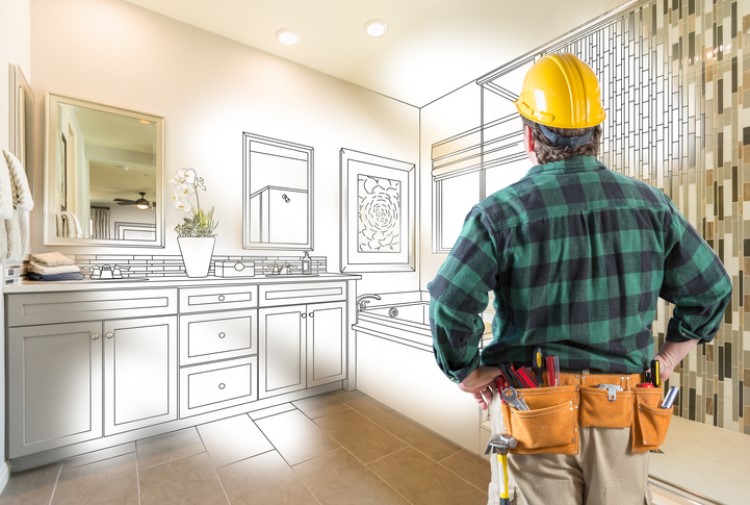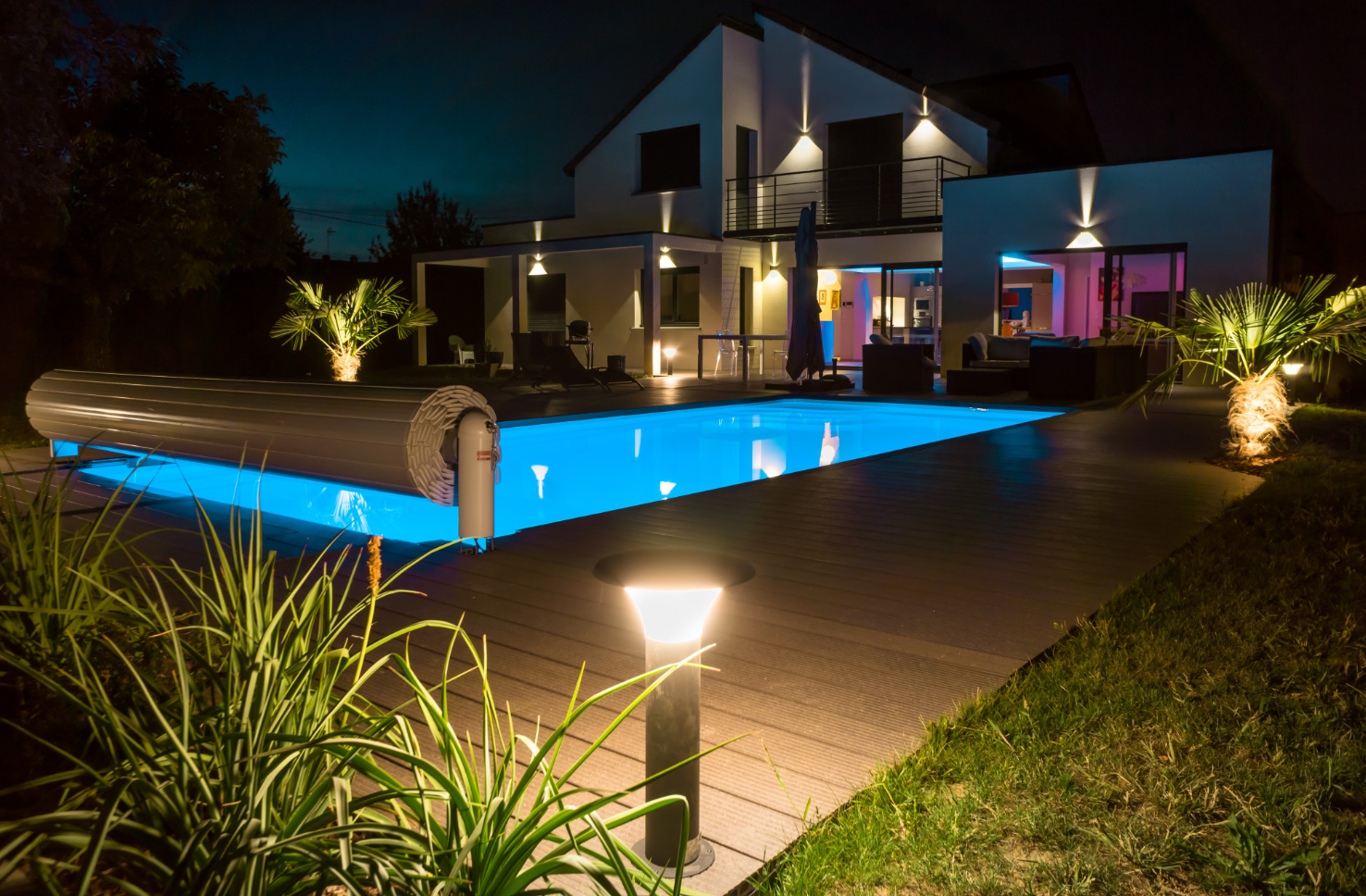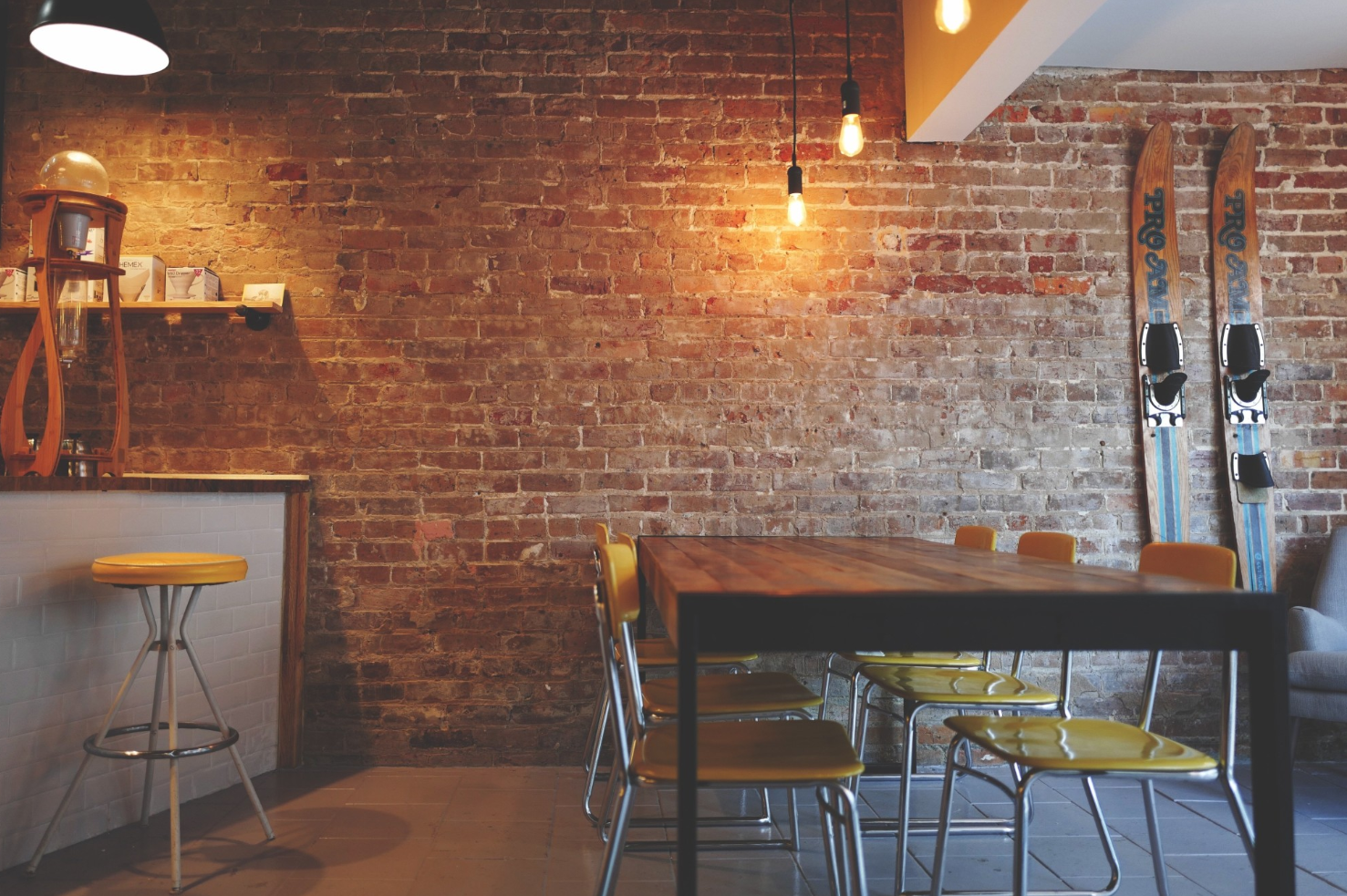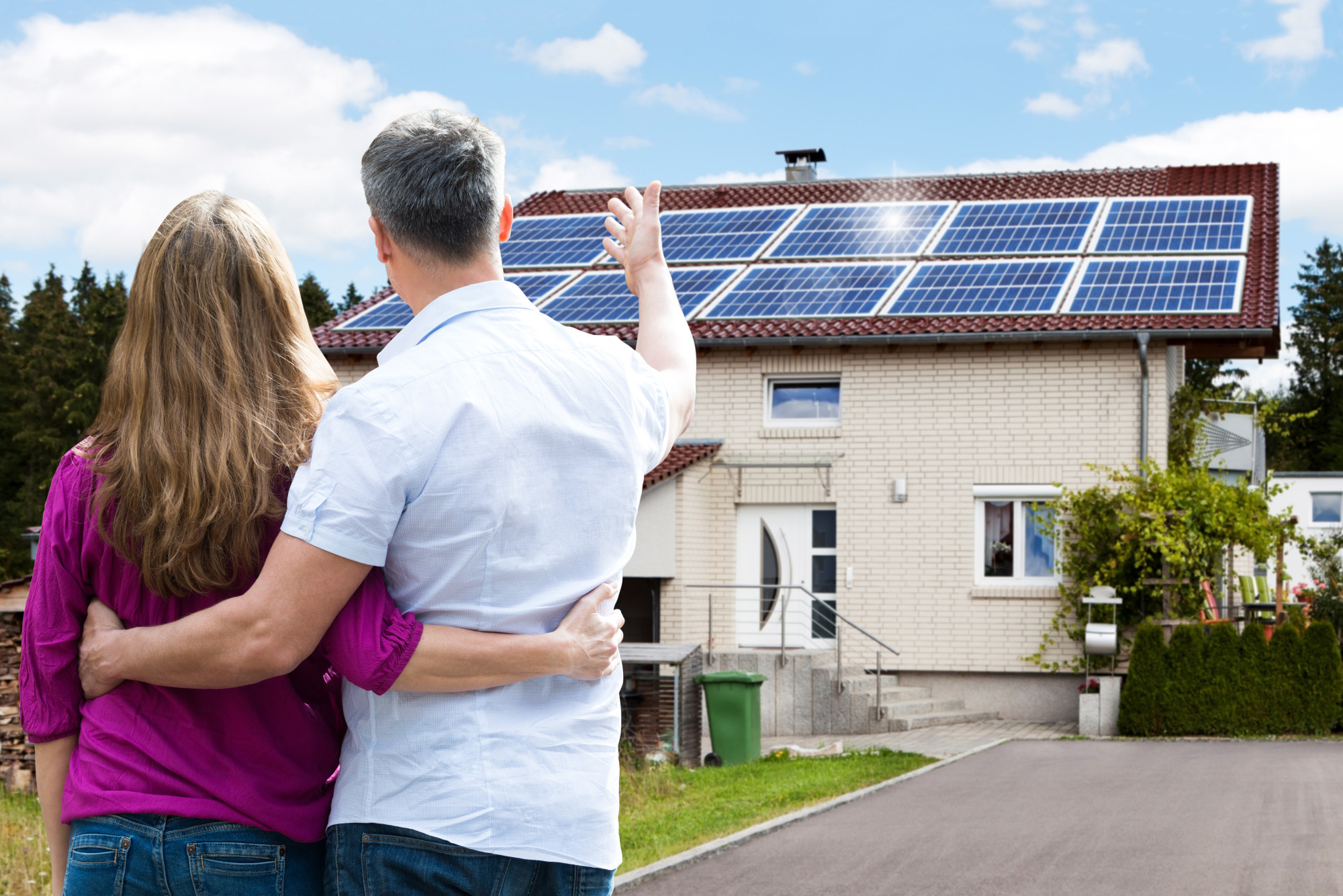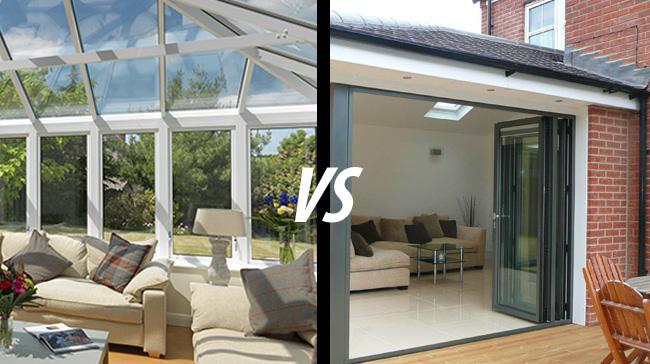
If you are looking at creating more space in your home, there are two main options open to you: building a conservatory or adding a home extension.
These options both have their merits and disadvantages, and the one you will likely choose will depend on your personal taste, need, and budget. However, when you take the time to compare both options, you will find that one trumps the other in terms of features, function, form, and even cost.
So, in this article, let’s delve in and provide the information that will help you make an informed decision on the one to pick for your home.
What is the difference between a conservatory and an extension?
If you are looking for a way to create more usable space in your home, both a conservatory and an extension will serve that purpose. Either choice will give your home a unique, new look, while also affording you and your family the much-needed space. But what are the differences between the two?
Conservatories:
- Conservatories are typically attached to the back of the house, but where there is no space at the back, any other position will work.
- Conservatories are primarily built of glass, with the structure being about 80% glass and 20% other material like steel, wood, or aluminium.
- A conservatory is usually built to match the structure and style of your home, and in such a way that it looks like an original part of the house and not an afterthought. Even the windows and doors are specifically selected to match what is already on the house.
- Conservatories come in all manner of sizes, shapes and styles, but has to be smaller than the house so it doesn’t look like something that was added after construction. That said, you can always find a conservatory installation that suits your preference and budget.
- A conservatory will provide your home with access to the natural rays of the sun, making the room ideal for virtually any purpose – as a living space, working space, gaming room, or even indoor garden – based on the thermal properties of the glass used.
Extensions:
- An extension is usually built anywhere on the house and can be built upwards (in the loft or attic), downwards (in the basement), or anywhere else you need the extra space as long as there is land or unused space to accommodate the construction.
- An extension is usually constructed from the exact same material used in constructing the house, making it seem like an original part of the actual structure.
- Regardless of where the extension is constructed, it can be used for virtually any purpose, except as an indoor garden. The extension can be used as a living room, bedroom, bathroom, home office, game room, kitchen, and so on.
- Depending on the laws in your neighbourhood, an extension may require that you apply for and receive planning permission before construction commences. You will however, require building approval or its equivalent before you can add an extension to your house.
- Because of the materials and scale of work, constructing an extension will cost a lot more than constructing a conservatory, and this can be a critical factor if you have budget constraints.
How to decide whether to build a conservatory or an extension
If the main purpose of your home improvement project is to create usable space, it may be difficult to decide exactly which of the two to go for, unless your personal taste and budget is making you lean towards one direction.
But where there is nothing to influence your decision and you don’t know which way to lean, consider the following factors.
What will the space be used for?
Your choice of whether to go for an extension or a conservatory could be influenced by the purpose for which you are carrying out the home improvement. For example, if you simply want an extra room for practical purposes, then you may want to consider investing in an extension, but if you want extra space that can serve dual purposes, a conservatory is a right way to go.
Where will the new room be located?
Another important factor that will play a role in your decision is the location of the extra room. Typically, an extension is constructed to be completely indoors, although there are cases when an extension is constructed separately from the main house. However, if you want a place where you can enjoy warmth and comfort during the day, then an east-facing conservatory, or a north-facing conservatory is what you want. And because a conservatory is made primarily of glass, you can enjoy uninterrupted views of the outdoors, something that may not be possible in an extension.
Which one looks the best?
Another factor to consider is aesthetic value. Admittedly, both options will increase the value of your home and afford you more usable space, but if you are really interested in form, then a conservatory will add more aesthetic value to your property than an extension.
What is your budget?
Finally, the amount of money you are willing to spend on the project will play the biggest role in your decision making. As already established, building a conservatory is not as expensive as building an extension. The number of materials used in constructing a conservatory is smaller and less expensive than that of an extension. So if you are looking to create usable space without breaking the bank, want you want is definitely a conservatory.
